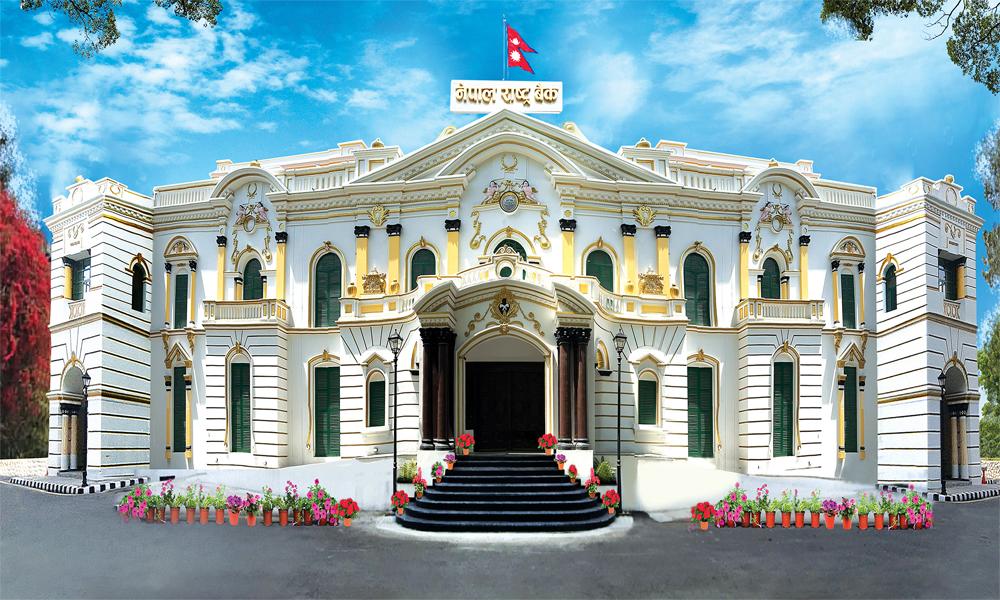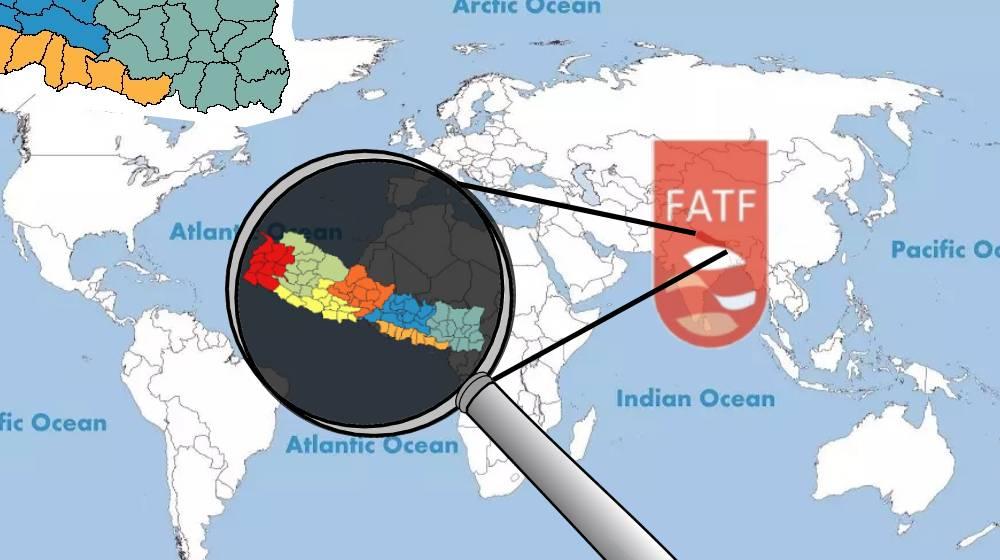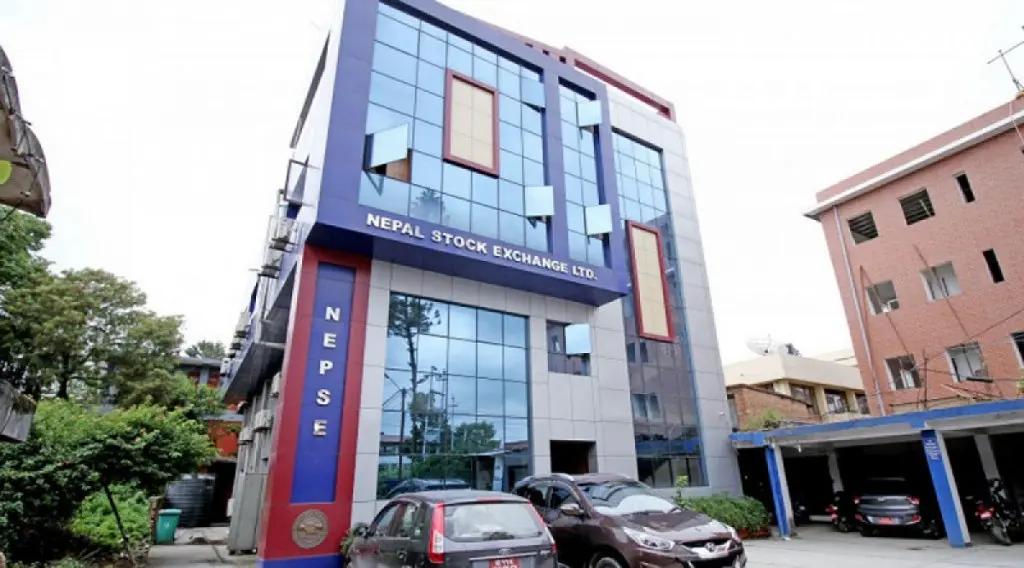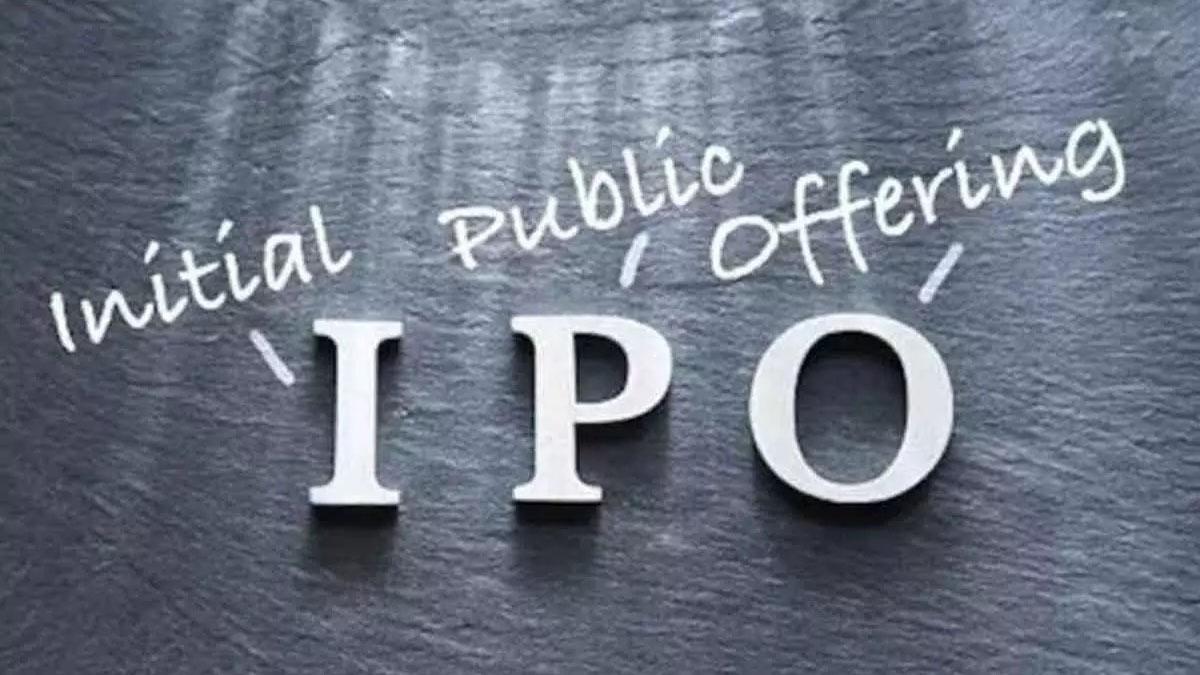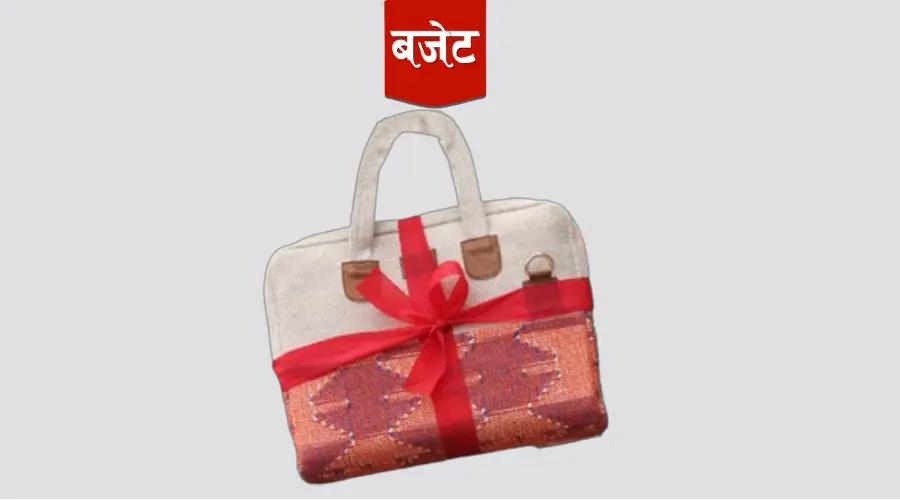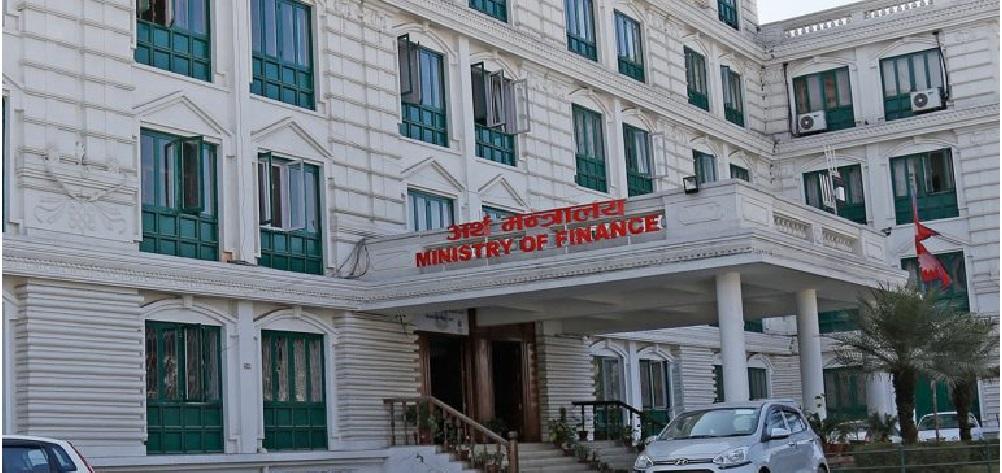By Dipesh Ghimire
What is the Belt and Road Initiative (BRI)?

The Belt and Road Initiative (BRI), also known as the "One Belt, One Road" (OBOR), is a global development strategy introduced by China in 2013 under the leadership of President Xi Jinping. It aims to enhance global trade and stimulate economic growth across Asia, Africa, Europe, and beyond through the development of infrastructure and investment projects. Often referred to as the "New Silk Road," the BRI is one of the most ambitious international projects ever undertaken, with its scope spanning over 150 countries and territories.
The BRI has two primary components:
The Silk Road Economic Belt: A land-based route that connects China to Central Asia, Russia, and Europe through railroads, highways, and industrial parks.
The 21st Century Maritime Silk Road: A sea-based route linking China to Southeast Asia, South Asia, the Middle East, and Africa through ports and shipping lanes.
This initiative has far-reaching implications for global politics, economics, and infrastructure development, making it a subject of both admiration and controversy.
Historical Context of the BRI
The BRI draws inspiration from the ancient Silk Road, a network of trade routes established during the Han Dynasty (206 BCE–220 CE) that connected China with Europe, the Middle East, and Africa. These routes facilitated the exchange of goods, culture, and technology, making them a vital part of global trade history.
In the modern era, China envisioned the BRI as a way to revitalize these ancient trade routes. The initiative was announced in 2013 during President Xi Jinping’s visits to Kazakhstan and Indonesia. It was presented as a means to foster international cooperation, improve infrastructure, and promote shared economic prosperity.
Objectives of the BRI
The BRI has several overarching objectives:
Infrastructure Development: To build roads, railways, ports, and airports that enhance connectivity among participating countries.
Trade Facilitation: To reduce trade barriers and improve the flow of goods and services.
Investment Promotion: To attract Chinese investments into developing countries and create opportunities for growth.
Policy Coordination: To align the policies of participating countries for mutual benefits.
Cultural Exchange: To foster people-to-people bonds through educational, cultural, and professional exchanges.
Geopolitical Influence: To expand China's influence by building economic and political partnerships globally.
Components of the BRI
Economic Corridors:
China-Pakistan Economic Corridor (CPEC): A flagship project connecting China’s Xinjiang province to Pakistan’s Gwadar Port.
China-Central Asia-West Asia Economic Corridor: Linking Central Asia with the Middle East.
New Eurasian Land Bridge: A rail route connecting China to Europe via Kazakhstan, Russia, and Belarus.
China-Indochina Peninsula Economic Corridor: A network of roads and railways connecting China to Southeast Asian countries.
Bangladesh-China-India-Myanmar Corridor: A proposed corridor connecting South Asia with China.
China-Mongolia-Russia Corridor: Enhancing connectivity between the three countries through railroads and highways.
Maritime Routes:
Ports in Southeast Asia, South Asia, Africa, and Europe have been built or upgraded to enhance maritime trade.
Digital Silk Road:
Focuses on telecommunications, data networks, e-commerce, and satellite systems to create a digital infrastructure for global connectivity.
Funding Mechanisms
The BRI is financed through multiple channels:
Chinese Banks: Major Chinese state-owned banks like the China Development Bank and the Export-Import Bank of China provide loans.
Silk Road Fund: A dedicated fund established by China to support BRI projects.
Asian Infrastructure Investment Bank (AIIB): A multilateral development bank initiated by China.
Public-Private Partnerships (PPPs): Investments from private companies and joint ventures.
Achievements of the BRI
Since its inception, the BRI has made significant progress:
Infrastructure Projects: Thousands of kilometers of roads, railways, and pipelines have been built. Examples include the Mombasa-Nairobi Standard Gauge Railway in Kenya and the Karakoram Highway in Pakistan.
Trade Growth: China’s trade with BRI countries has grown significantly, enhancing global economic integration.
Energy Projects: Power plants and pipelines have been built in countries like Pakistan, Kazakhstan, and Ethiopia, improving energy access.
Port Development: Strategic ports such as Gwadar in Pakistan and Piraeus in Greece have been developed, boosting maritime trade.
Criticism and Challenges
Despite its achievements, the BRI has faced criticism and challenges:
Debt Trap Diplomacy:
Critics argue that China uses the BRI to offer high-interest loans to developing countries, leaving them in debt. Examples include Sri Lanka leasing the Hambantota Port to China for 99 years after failing to repay loans.
Lack of Transparency:
The terms and conditions of many BRI projects are not publicly disclosed, raising concerns about governance and corruption.
Environmental Concerns:
Large-scale infrastructure projects often lead to deforestation, habitat destruction, and increased carbon emissions.
Geopolitical Tensions:
The BRI is seen by some as a tool for China to expand its geopolitical influence, causing tensions with countries like the United States and India.
Economic Feasibility:
Many BRI projects face delays, cost overruns, and low returns on investment.
Resistance in Partner Countries:
In some countries, public and political opposition to BRI projects has grown due to concerns over sovereignty, debt, and environmental impact.
The BRI and Nepal
Nepal joined the BRI in 2017, signing a framework agreement with China. The Himalayan nation sees the BRI as an opportunity to bridge its infrastructure gaps and enhance connectivity. Potential BRI projects in Nepal include:
Building railways connecting Nepal to China.
Upgrading highways and trade routes.
Developing hydropower projects.
However, Nepal’s engagement with the BRI has been slow due to:
Political disagreements over loan-based financing.
Concerns about transparency and debt risks.
India’s opposition, given its strategic interests in Nepal.
Global Reactions to the BRI
The BRI has received mixed reactions globally:
Supporters:
Many developing countries welcome the BRI for its potential to improve infrastructure and boost economic growth.
Skeptics:
Western nations, particularly the United States, criticize the BRI for its alleged debt-trap diplomacy and geopolitical ambitions.
Competitors:
Initiatives like the Blue Dot Network (led by the US, Japan, and Australia) and the Global Gateway (European Union) have emerged as alternatives to the BRI.
Future of the BRI
The future of the BRI depends on how China addresses its criticisms and challenges. Key factors include:
Debt Management: Offering sustainable financing models to partner countries.
Transparency: Ensuring that project agreements are open and corruption-free.
Environmental Sustainability: Adopting green practices in project planning and execution.
Global Collaboration: Engaging with international organizations to promote fair trade and economic cooperation.
The Belt and Road Initiative is a transformative vision that has reshaped the global infrastructure and trade landscape. While it offers immense opportunities for development, it also presents challenges that require careful navigation. For countries like Nepal, participation in the BRI must be guided by strategic planning, transparency, and a focus on long-term national interests. Globally, the BRI serves as a reminder of the growing importance of connectivity and cooperation in the 21st century.
